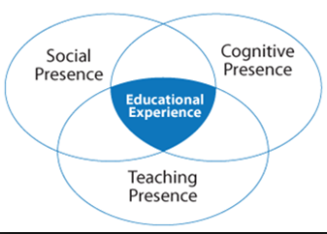Technology
Technology is a fantastic tool when you are capable of utilizing it properly. As an instructor it is very important to understand the tools available to you (Boettcher & Conrad, 2010). This can make your course more interactive and engaging. If you are unfamiliar with the technology, it can make your course harder for your students. In fact, I often have students in my classes who complain about teachers who do not know how to use the technology they ask students to utilize. Additionally, I work with teachers who could make their classes easier by utilizing technology appropriately. In an online course this need becomes magnified (Boettcher & Conrad, 2010). Instructors must be able to help students with the technology that they choose to use. If they cannot, credibility can become an issue. As an instructor, I always test new technology several times before deploying it with my students.
Communication
Communication is the key to creating a successful online environment. It is important for the instructor’s presence to be felt by students early and often (Boettcher & Conrad, 2010). The best way to keep students from feeling isolated is to communicate with them throughout the course (Boettcher & Conrad, 2010). Some instructors prefer e-mails while others work via discussion threads. The one thing that I have learned is that it does not matter what method you utilize as long as your students feel connected to you on a personal and social level.
Key Points
Every time I take an online course, I learn something new about online learning. One of the things that surprised me this week was the importance of introductory activities. Getting acquainted with each other and setting up a positive learning community are top priority for the beginning two weeks of an online course (Boettcher & Conrad, 2010). When working in my online courses I will focus on the themes of presence, community, patience and clear expectations (Boettcher & Conrad, 2010). While accomplishing these things, I will be cognizant of my role as the instructor. I am the guide on the side, not sage on the stage (Laureate Education, Inc., 2010).
References
Boettcher, J. V., & Conrad, R. (2010). The online teaching survival guide: Simple and practical pedagogical tips. San Francisco, CA: Jossey-Bass.
Laureate Education, Inc. (2012). Online Learning Communities. [Video webcast]. Retrieved from https://class.waldenu.edu/webapps/portal/frameset.jsp?tab_tab_group_id=_2_1&url=%2Fwebapps%2Fblackboard%2Fexecute%2Flaunche


